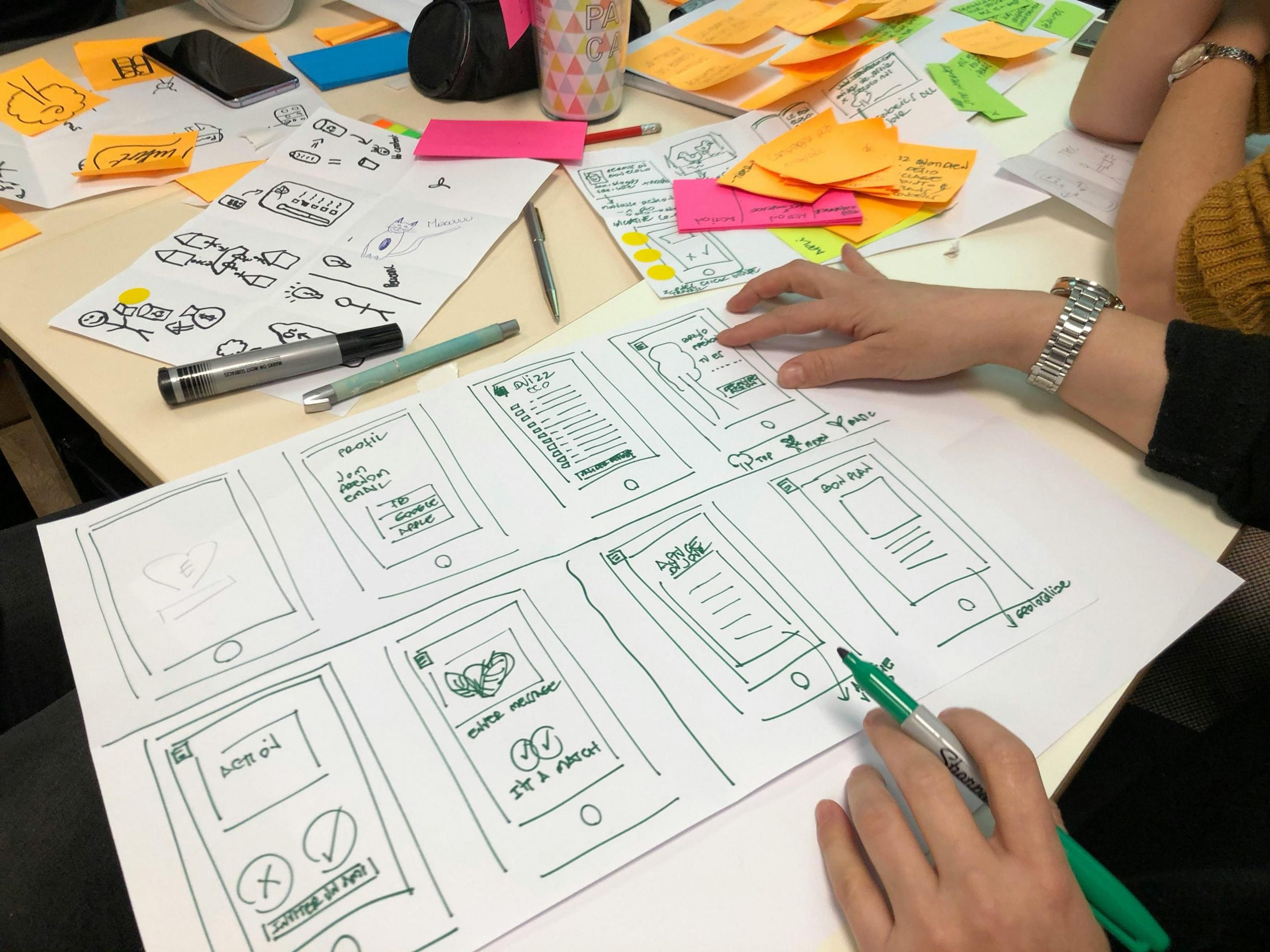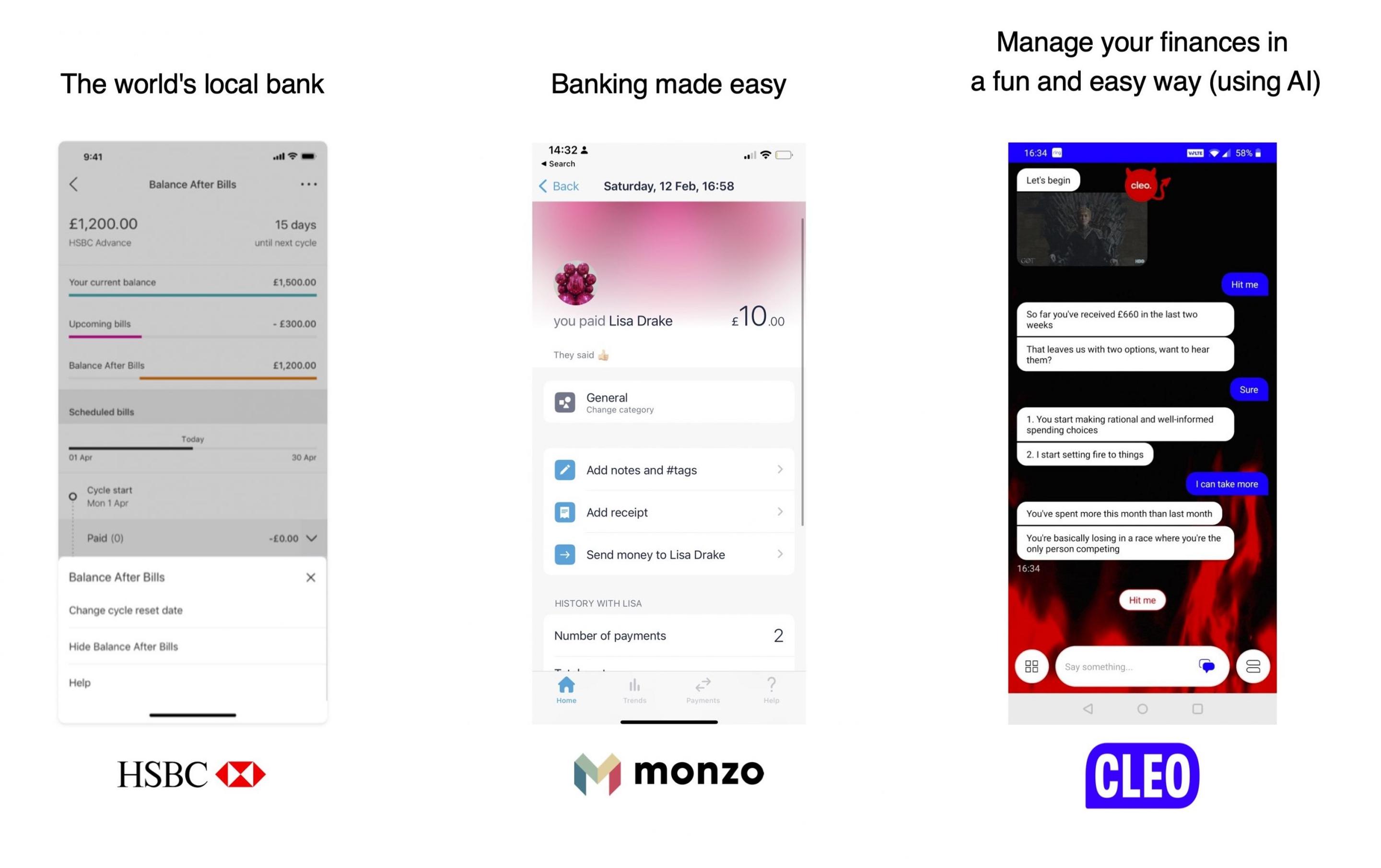Why Behavioural Design is So Important

Why Behavioural Design is Important for Increasing Customer Loyalty and Retention
Well-crafted behavioural design strategies have the power to drive long-term growth in your company. Don’t believe us? In this quick guide, we’re exploring everything you need to know about behavioural design principles as well as how they can foster sustained customer loyalty and retention. You’ll discover examples and resources you can use for inspiration in your own behavioural design strategy, including external help from Future Platforms.
Behavioural design FAQs
What is behavioural design?
As its name suggests, the term ‘behavioural design’ refers to the study and strategy of influencing human behaviour through design choices. More specifically, behavioural design in marketing contexts is sometimes called ‘nudge theory’ and is concerned with structuring digital, physical or economic environments to incentivise certain outcomes.
Principles of behavioural design
Exactly how behavioural design strategies work depends on what behaviour you’re trying to induce, as well as what tools you’re using.
Behavioural design principles draw from a variety of academic and industry sources. Take graphic, web and app design (or architecture and interior design for offline environments) for example; customer environments must always be intuitive and easy to understand. Doing so improves the customer experience by minimising frustration and confusion.
However, there’s also complex consumer psychology at work within behavioural design strategies. For instance, humans are loss-averse and socially inclined, so offering exclusive prices for members or time-limited deals can also work effectively. That being said, customers’ perceived (or stated) preferences don’t always match their revealed (or actual) ones. In practice, this means customers might say one thing but actually want another.
So, marketers need to experiment with their customers to truly understand what makes them tick. Namely, by testing different economic incentives, digital designs and engagement tactics to see what works best.
What are some behavioural design examples?
IKEA’s infamous store design is an excellent example of behavioural design within physical environments. The meandering retail setting encourages customers to wander and interact with thoughtfully designed home environments. In doing so, IKEA relies on a number of consumer psychology tricks that promote larger purchases. For example, exposing customers to more products than they had anticipated; showcasing fully-realised versions of IKEA’s various product lines; and deriving a sense of accomplishment from building their own furniture post-purchase.
Another example of behavioural design within digital environments comes from Netflix. The streaming giant is awash with customer experimentation trials, yet one of their most interesting trials is their most simple: title artwork testing. Using customers’ own scrolling habits, Netflix can determine which graphical assets work best to incentivise users to watch a certain show via A/B testing. This way, Netflix not only helps to serve customers television shows and films they’re interested in but also maximises their chances of finding them.
In a similar vein, Duolingo uses push notifications to prompt users to keep up language learning habits on its platform. The catch? The marketing and analytics team found that passive aggressive reminders worked best. This is because the tone of voice resonated with users’ past intentions while also lightly embarrassing them into maintaining that ideal. The sassy strategy has become a run-away success and given the Duolingo brand a unique feel.
What does a behavioural design strategy look like?
Step 1: Audit your existing behavioural design strategy
As expected, the first part of any new strategy is to understand where you’re coming from. That’s why you’ll need to map out when, how and why customers currently interact with your business.
Exactly what this step looks like will heavily depend on whether you run a physical storefront, website, app or other type of digital platform. Because of this, it can help to reach out to an external partner that specialises in behavioural design, since they’ll be able to gather evidence, implement opportunities and test the results (more on this later on).
As a business, your behavioural design strategy will ultimately be concerned with generating sales. However, make sure to capture the full customer journey (from initial brand exposure to sale and retention), and what interactions or incentives you’ve previously offered.
Step 2: Implement changes in line with your goals
Once you’ve mapped out your current behavioural design strategy and identified changes that support your business goals, it’s time to implement them. Before you do, however, make sure any changes are backed by reputable evidence. For example, data from our Digital Loyalty Index shows that material economic benefits outweigh all other customer considerations.
This means customers want cheaper prices and other types of direct rewards above more superfluous benefits and schemes. For instance, early access to products or profit-sharing schemes. For more behavioural design strategy inspiration, read the full version on our website and discover reliable ideas that drive core business outcomes: Future Platforms – Digital Loyalty Index.
Step 3: Test and review
Naturally, any behavioural design strategy you undertake will be an ongoing and iterative process. As such, you’ll need to gather data on how effective (if at all) your interventions have been and compare your baseline results to your latest version. Doing so will help you understand how to modify your behavioural design strategy going forward, and uncover more effective methods using the same (or slightly tweaked) behavioural design principles.
Just make sure to also keep an eye on your competition, as they’ll also be trying to engage and convert customers. Quick wins, like undercutting competitor discounts, can help re-balance the scales in your brand’s favour while letting you focus on long-term strategies to retain customers once they’ve made an initial purchase.
Access scalable behavioural design strategy support from Future Platforms
Future Platforms is an award-winning digital product design and development agency. We’re experts at crafting digital products and services using people-centred behavioural design interventions.
To learn more about our services and solutions, get in touch today.





